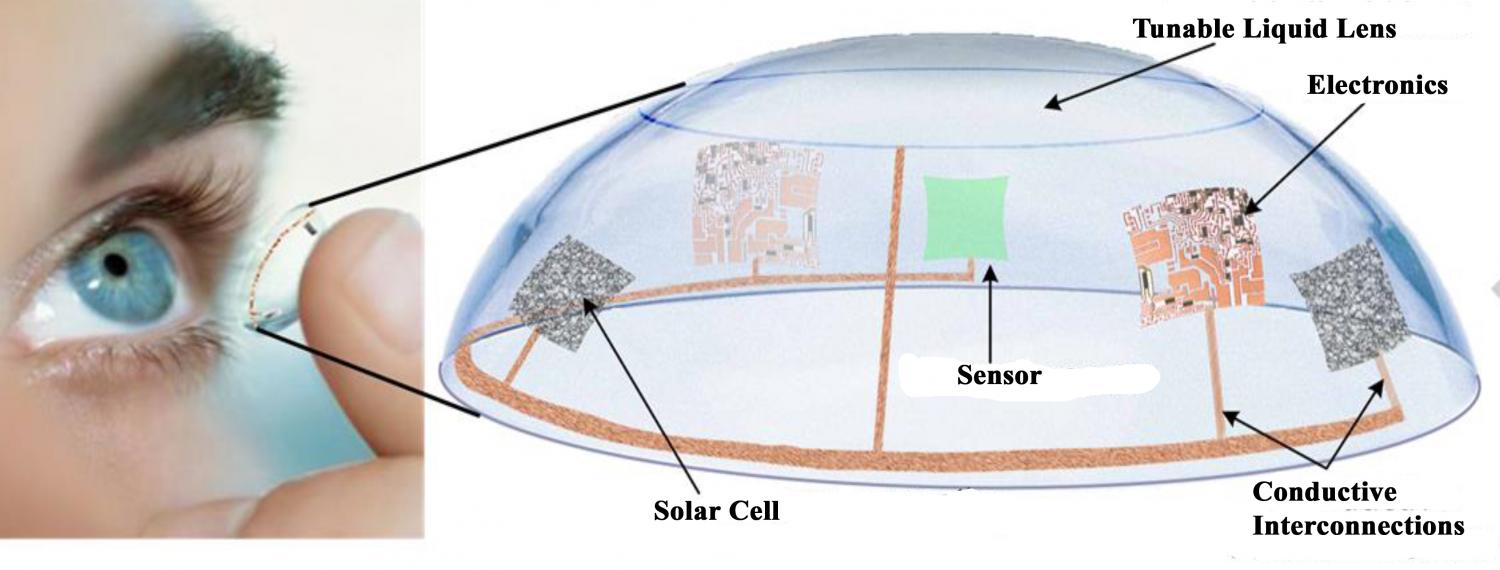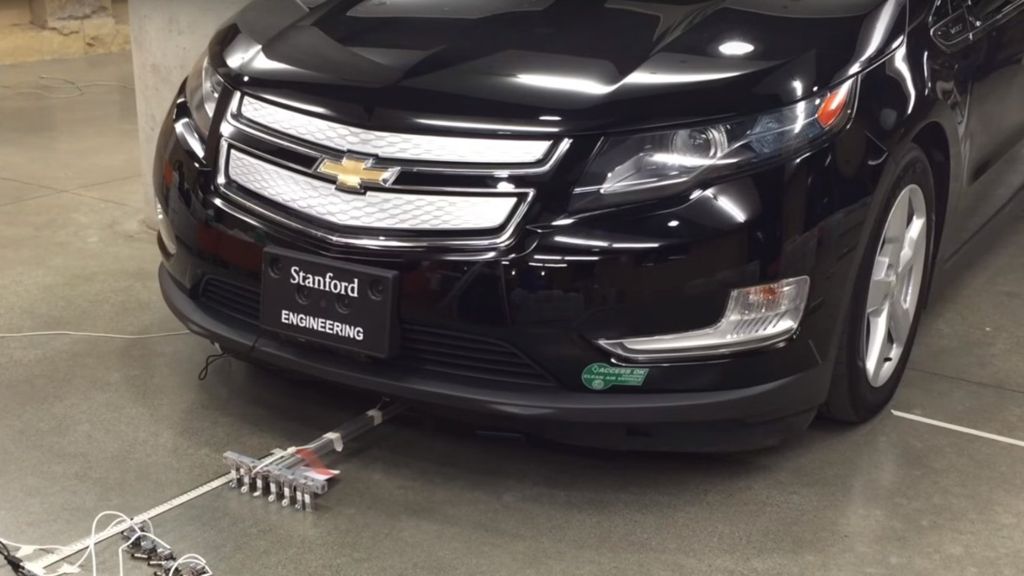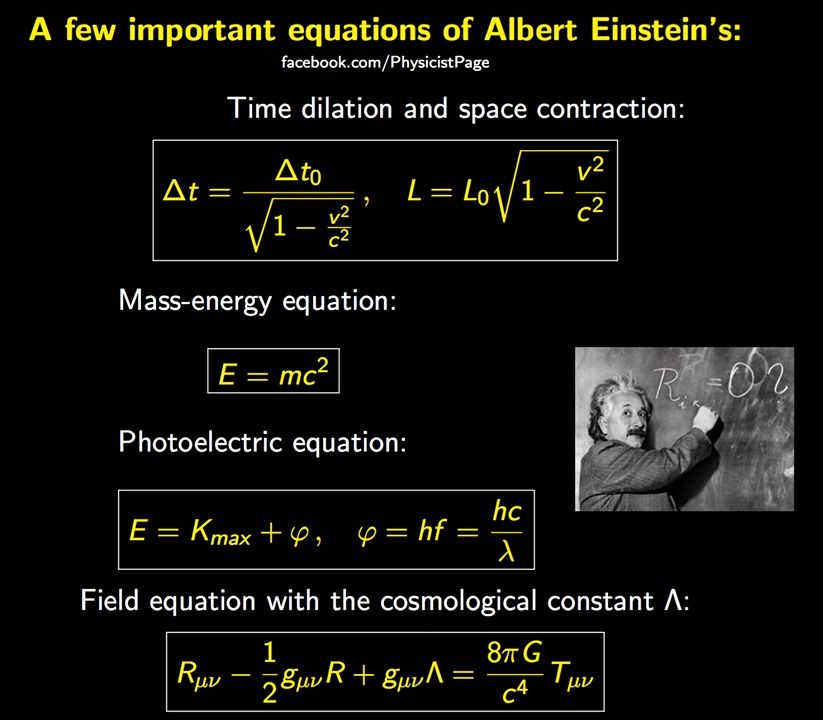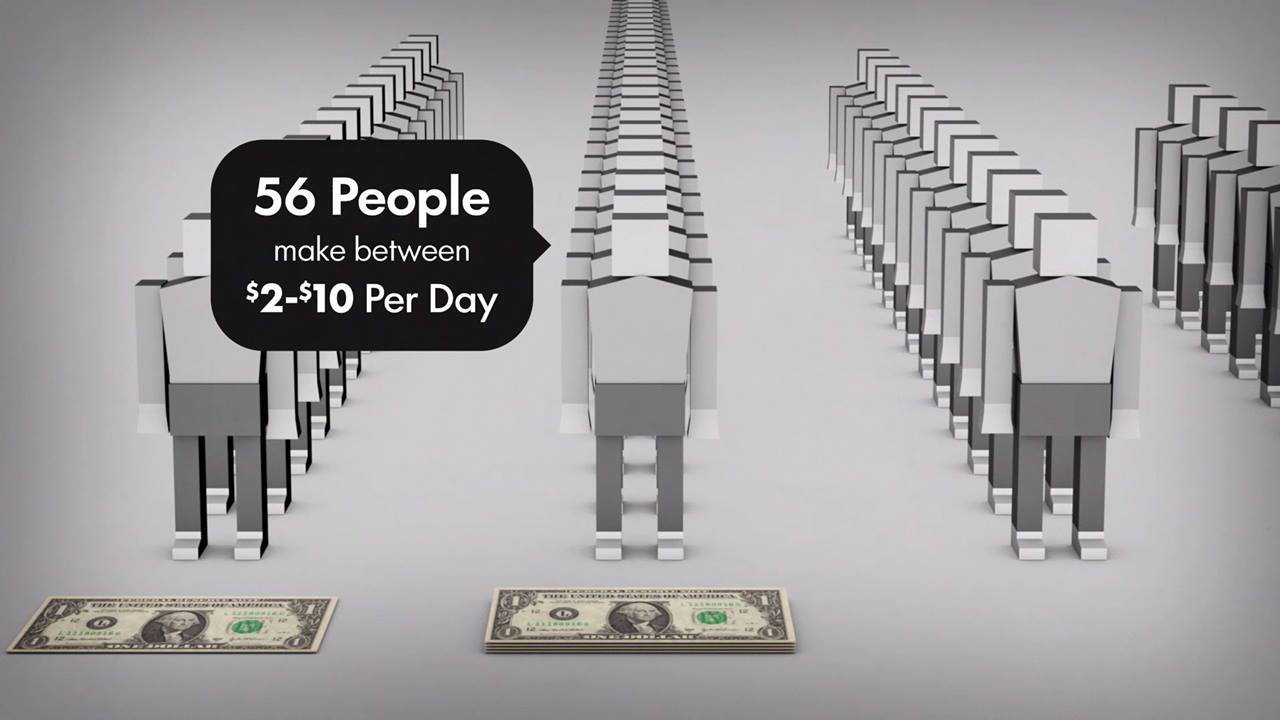Page 11279
Mar 15, 2016
Fish and insects guide design for future contact lenses
Posted by Klaus Baldauf in categories: bioengineering, biotech/medical, electronics, information science, materials
Making the most of the low light in the muddy rivers where it swims, the elephant nose fish survives by being able to spot predators amongst the muck with a uniquely shaped retina, the part of the eye that captures light. In a new study, researchers looked to the fish’s retinal structure to inform the design of a contact lens that can adjust its focus.
Imagine a contact lens that autofocuses within milliseconds. That could be life-changing for people with presbyopia, a stiffening of the eye’s lens that makes it difficult to focus on close objects. Presbyopia affects more than 1 billion people worldwide, half of whom do not have adequate correction, said the project’s leader, Hongrui Jiang, Ph.D., of the University of Wisconsin, Madison. And while glasses, conventional contact lenses and surgery provide some improvement, these options all involve the loss of contrast and sensitivity, as well as difficulty with night vision. Jiang’s idea is to design contacts that continuously adjust in concert with one’s own cornea and lens to recapture a person’s youthful vision.
The project, for which Jiang received a 2011 NIH Director’s New Innovator Award (an initiative of the NIH Common Fund) funded by the National Eye Institute, requires overcoming several engineering challenges. They include designing the lens, algorithm-driven sensors, and miniature electronic circuits that adjust the shape of the lens, plus creating a power source — all embedded within a soft, flexible material that fits over the eye.
Mar 15, 2016
Tiny robot ants pull car with teamwork
Posted by Karen Hurst in categories: robotics/AI, transportation
This is extremely interesting and innovating to me. Why? Just imagine if your car (even a self driving car) your car breaks down on a road somewhere 10 to 25 miles away from the nearest gas station or town. And, you have a backup system that alerts you in the car that it has to switch over to tow mode, and engages a robotic pull system and set your flashers on then tows you to the nearest gas station or police station; etc.? No more tow bills, no more fears to the elderly or others being exposed on the side of the road. BTW — the car engine keeps the car microbot/s charged up.
A team of tiny robot ants pull a car that is thousands of times their weight as part of an experiment at Stanford University.
Mar 15, 2016
AngryBots demo gives developers early preview of WebAssembly experiments in Microsoft Edge
Posted by Karen Hurst in category: internet

Developers can now see an early preview of experimental WebAssembly support in an internal Microsoft Edge build with the AngryBots demo, alongside similar previews for Firefox and Chrome. WebAssembly is a new, portable, size and load-time-efficient binary format suitable for compiling to the Web.
In the video above, a demo running in Microsoft Edge uses the preliminary WebAssembly support in the Chakra engine. The demo starts up significantly faster than just using asm.js, as the WebAssembly binaries have a smaller file size and parse more quickly than plain JavaScript, which needs to be parsed in the asm.js case.
Mar 15, 2016
‘Cyborg heart patch’ combines electronics and living tissue
Posted by Shailesh Prasad in categories: biotech/medical, computing, cyborgs, electronics, neuroscience, transhumanism
One of the latest inventions out of Tel Aviv University can patch up broken hearts. We’re talking about the real organs here, especially those damaged by myocardial infarction or heart attack. A team from the Israeli university created a “cyborg heart patch” that combines both living tissue and electronic components to replace the damaged parts of the organ. “It’s very science fiction, but it’s already here,” says one of its creators, Prof. Tal Dvir. “[W]e expect it to move cardiac research forward in a big way.” The patch can contract and expand like real heart tissue can, but it can do much, much more than that.
The electronic components allow doctors to remotely monitor their patients’ condition from afar. A physician could log into a computer and see if the implant is working as intended. If he senses that something’s amiss, he could release drugs to, say, regulate inflammation or fix the lack of oxygen. That sounds dangerous to us, since computers can be hacked. But the researchers are aiming to develop the patch further so it can regulate itself with no human intervention.
Dvir warns that the “practical realization of the technology may take some time.” For now, those suffering from cardiovascular diseases will have to rely on current treatment methods. The team is still in the midst of refining their cyborg heart patch. Plus, they’re looking at how to create bionic brain and spinal cord tissues using what they’ve learned so far to treat neurological conditions.
Continue reading “‘Cyborg heart patch’ combines electronics and living tissue” »
Mar 15, 2016
Robots Could Replace Humans as In-Store Sales Associates
Posted by Shailesh Prasad in category: robotics/AI
Mar 15, 2016
U.S. set to smash solar power records this year
Posted by Shailesh Prasad in categories: solar power, sustainability
The U.S. solar market is expected to grow 120% this year with 16GW of new solar power, more than double the record-breaking 7.3GW installed in 2015.
Mar 15, 2016
Researchers turn carbon dioxide into sustainable concrete
Posted by Shailesh Prasad in categories: materials, sustainability
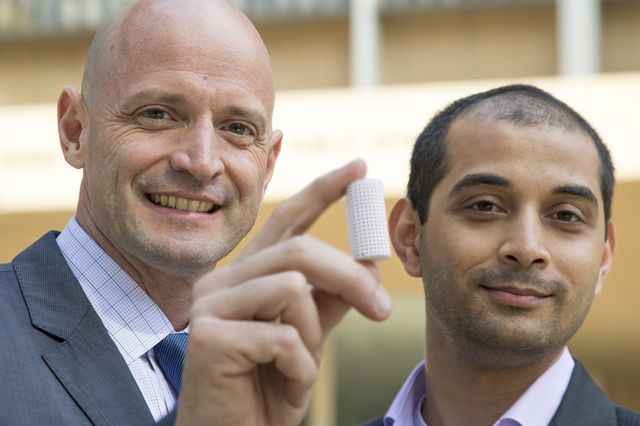
Imagine a world with little or no concrete. Would that even be possible? After all, concrete is everywhere—on our roads, our driveways, in our homes, bridges and buildings. For the past 200 years, it’s been the very foundation of much of our planet.
But the production of cement, which when mixed with water forms the binding agent in concrete, is also one of the biggest contributors to greenhouse gas emissions. In fact, about 5 percent of the planet’s greenhouse gas emissions comes from concrete.
Continue reading “Researchers turn carbon dioxide into sustainable concrete” »

